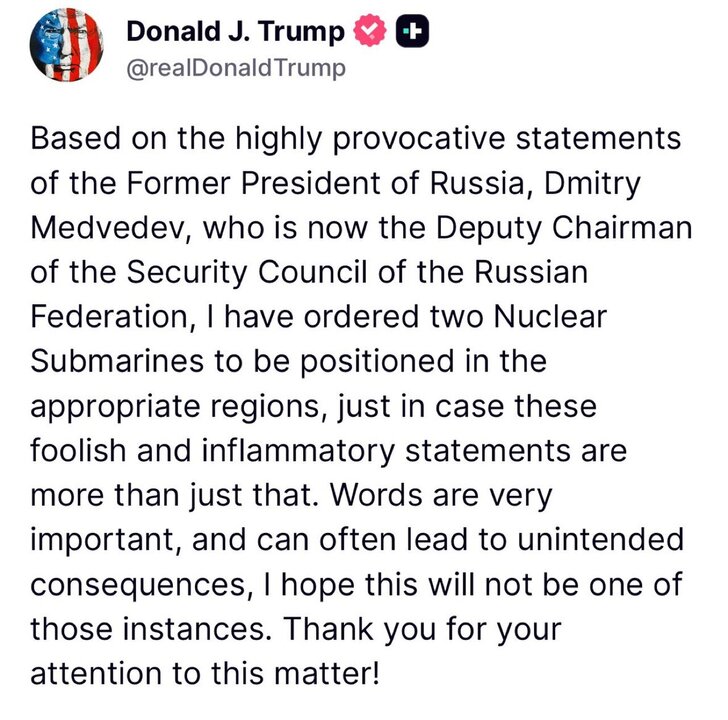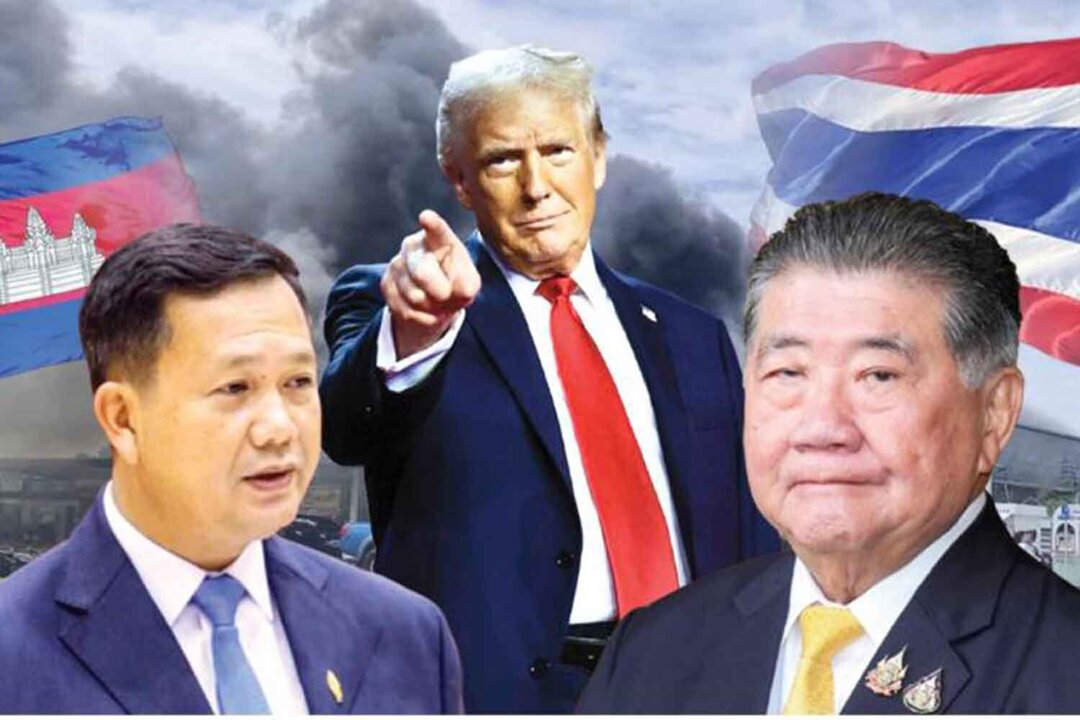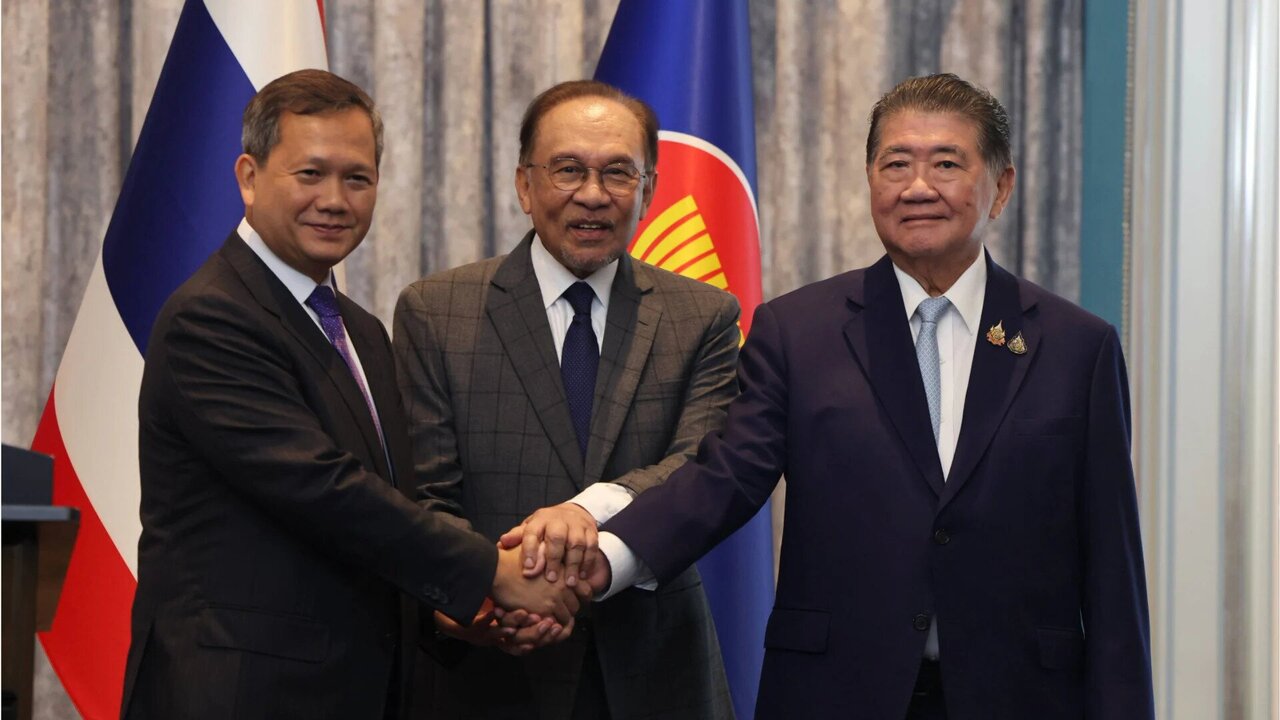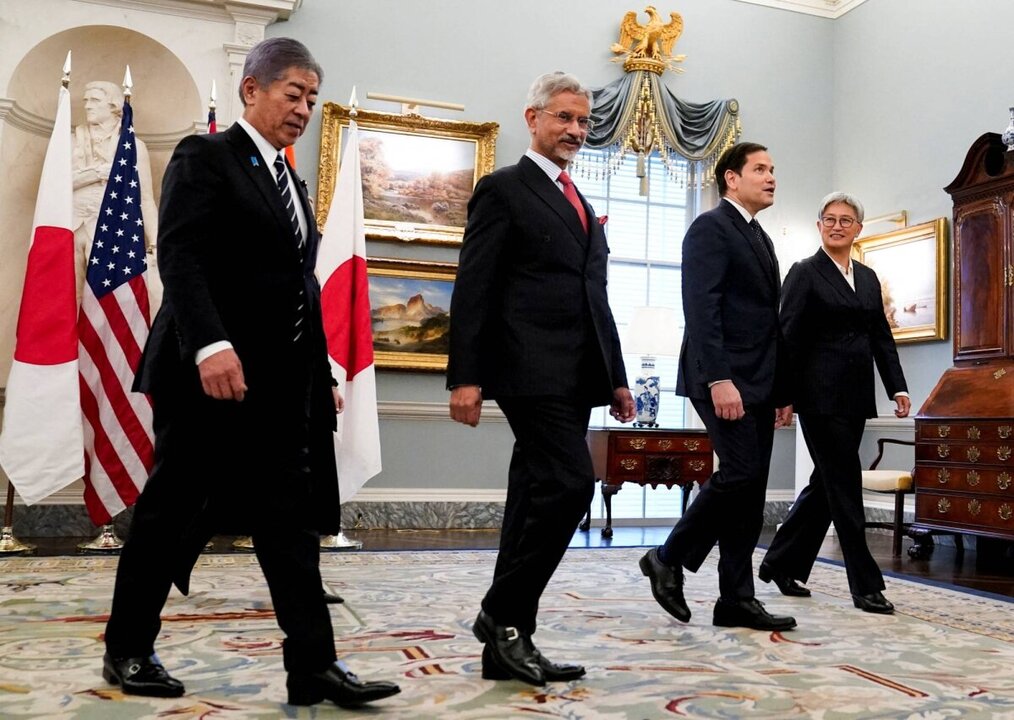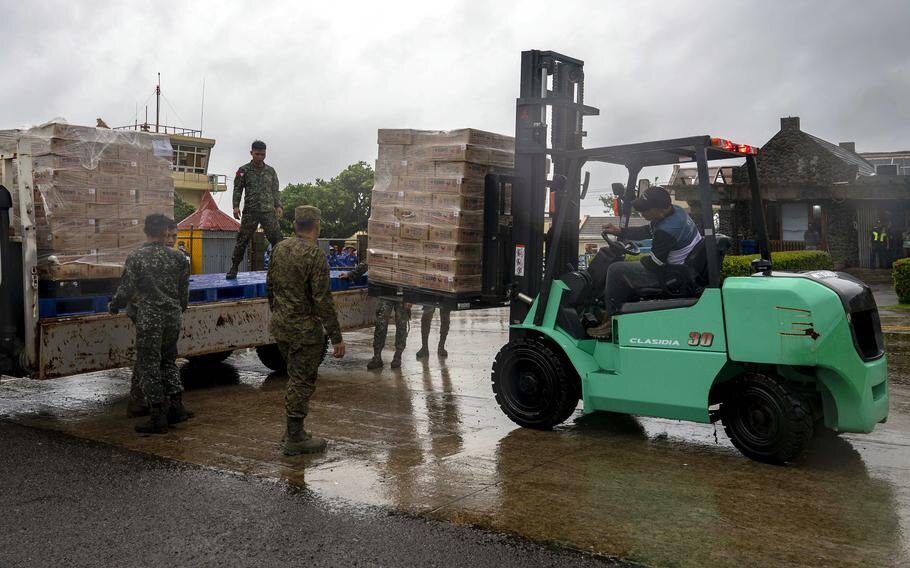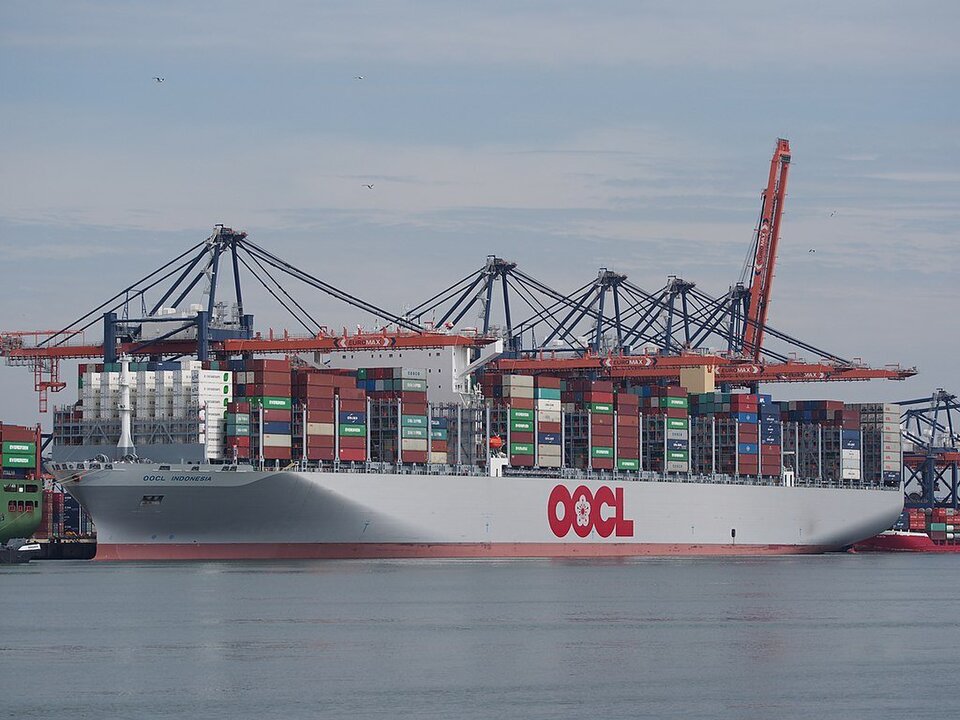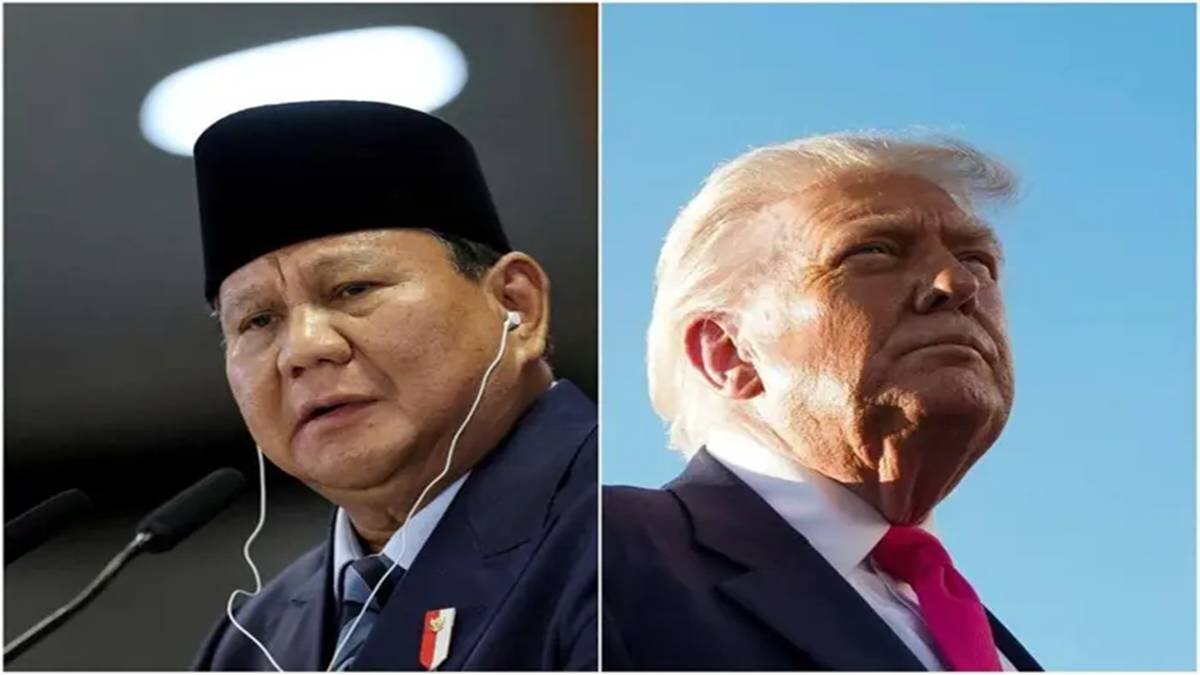The new tariff takes effect immediately and brings Thailand in line with regional economies such as Indonesia and Malaysia, which also secured a nineteen percent rate, and Vietnam at twenty percent.
Thailand’s Deputy Prime Minister and Finance Minister, Pichai Chunhavajira, confirmed that the agreement was reached ahead of the August 1 deadline after rapid negotiations in recent weeks, during which Thailand submitted revised proposals and concessions on product access and trade balances.
Thai officials viewed the outcome as matching regional tariff parity.
Before the deal, the U.S. had imposed a baseline ten percent tariff for all trading partners, escalating to higher reciprocal tariffs for nations with trade surpluses.
Thailand, previously classified among countries facing steep duties, was scheduled for a thirty‑six percent rate effective August 1.
Thailand’s exports to the U.S. accounted for approximately eighteen point three percent of its total exports in 2024, valued near fifty‑five billion dollars.
Major export categories include electronics, rubber, and machinery; imports from the U.S. comprise crude oil, machinery parts, and chemicals.
The government also announced support measures—such as soft loans, subsidies, tax incentives, and regulatory reforms—to assist affected sectors in adjusting to the revised tariff regime.
The new rate follows U.S. Executive Orders outlining reciprocal tariffs, and reflects similar rates agreed by other Southeast Asian nations amid broader adjustments in global trade policies.
Meanwhile, Thailand’s economy has seen export growth accelerate year‑to‑date, prompting a slight upward revision of its full‑year GDP forecast to 2 point two percent, up from 2 point one percent.
Negotiations involved both public‑ and private‑sector representatives, with Thai negotiators submitting revised offers via video conference and in‑person exchanges.
The agreement was formally confirmed by U.S. authorities immediately before the deadline, after Thai proposals were described as comprehensive and responsive to U.S. requests.
The reciprocal tariff reduction applies to all goods with less than twenty percent U.S.‑origin content, under current U.S. policy frameworks.
